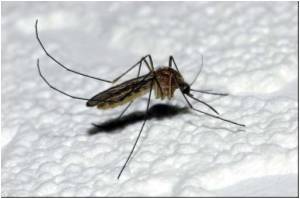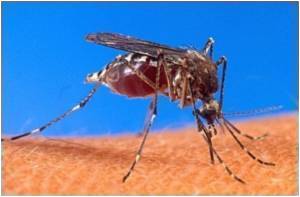
Speaking to Los Angeles Times, Andrea Crisanti, the paper's senior author and a molecular biologist at Imperial College London, said: "we developed genetically modified mosquitoes that are unable to transmit malaria - and are able themselves to transmit this genetic modification to local mosquitoes, through mating - that would be an effective solution."
Talking about the way in which the approach works, he said "it's a sort of cut-and-paste function: you have a gene able to attack the other gene, destroy it and copy itself in its location.
The technology is based on a gene that makes an enzyme that selectively recognizes DNA sequences and cuts them. Now if you induce a cut in the DNA, a break in the DNA, you trigger the cell's repair mechanism. The repair mechanism then uses the enzyme's gene as a template to repair the broken DNA sequence.
And so, key genes in the mosquito that are involved in malaria transmission can be disrupted. As the mosquitoes breed, it spreads through the population.
"In the lab, we saw the mutation spread to more than half the population of mosquitoes we had living in cages. This happened in a time span of 12 to 16 generations of mosquitoes (each generation being between 18 to 30 days in the wild). So it's quite efficient," Crisanti added.
Advertisement
The finding has been published in the journal Nature.
Advertisement











